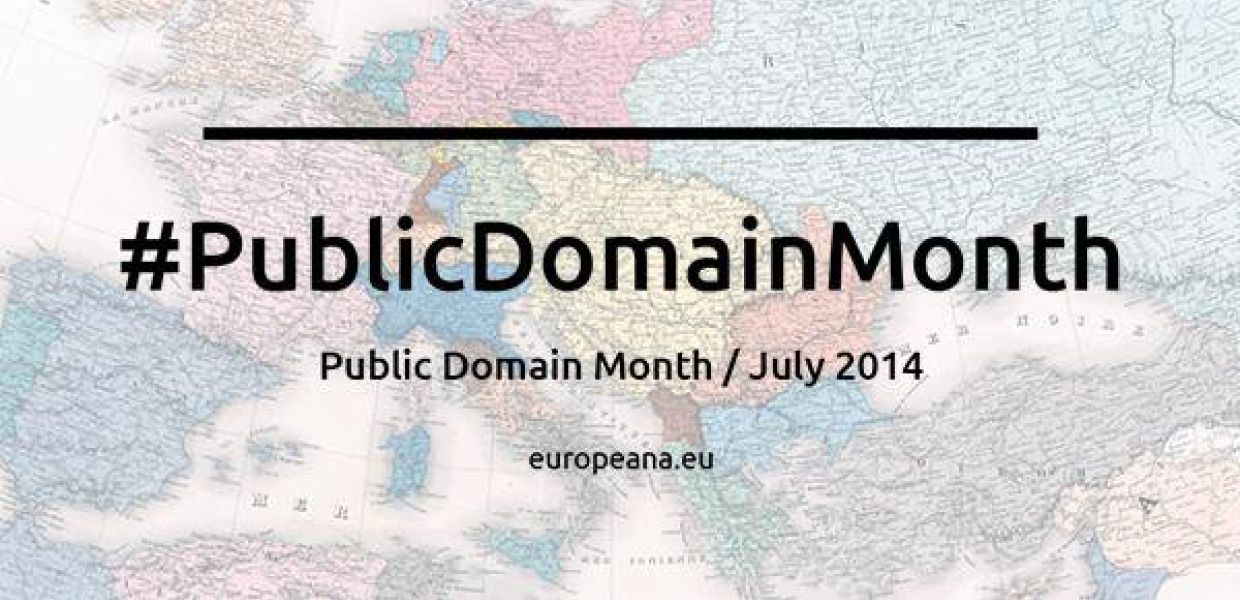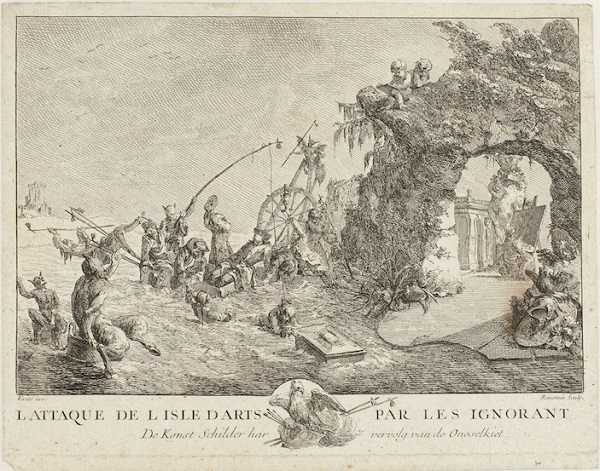Maintaining a healthy and thriving Public Domain

- Title:
- Public Domain Month, 2014
- Creator:
- Europeana
- Copyright:
- CC BY-SA
Continuing our theme of #PublicDomainMonth, at this week´s Open Knowledge Festival, Europeana together with the OpenGLAM initiative and Dutch think tank Kennisland ran a workshop to discuss how to maintain a healthy and thriving public domain of cultural heritage. The festival ran from 15-16 July in Berlin, and was attended by more than 1000 people from all over the world who gathered to talk about open data, transparency, development and many other topics.

The principles of a healthy and thriving Public Domain are established in the Europeana Public Domain Charter, as essential to the social and economic wellbeing of society.(You can read our Introduction to this here). During this workshop we explored how cultural institutions can work towards maintaining the public domain as a valuable source of knowledge.
The session started with Kennisland’s Paul Keller presenting the difficulties for institutions to define if an object is in the public domain or not. Thanks to complex international, European and national copyright laws, calculating when an object is in the public domain ranges from simple to the complex. Cultural heritage institutions, who are required to make decisions based on copyright, do not typically employ copyright law experts. This lack of clarity combined with lack of very specific expertise can often result in an organisational policy, which restricts the use of digital objects by incorrectly claiming copyright allows them to do so.
If we stick with the strict interpretation of law, we run the risk of losing access to valuable cultural heritage material. So when should exceptions be ok? Paul went on to present a number of case studies where it is debatable whether this type of organisational policy is acceptable or not, such as the recent release from the Wellcome Library, where over 100.000 images were made available in high quality using the Creative Commons Attribution Licence. While on the one hand it is applauded that these images are made available for anyone to use in an open way, it does not acknowledge that the material is out of copyright, and therefore cannot be made available under a copyright licence. For more details see the presentation slides below.
As we delve deeper into the issues, we turned to look at the application of copyright law itself. Thomas Margoni from the Institute for Information Law in Amsterdam presented his ongoing research, which queries when a digital reproduction of an existing (protected or unprotected by copyright) object gives rise to a new object that can claim copyright and/or related rights. This research reviews EU laws to address the different ways in which legal exceptions are applied. The preliminary results are available in the slides below.
The many exceptions in the different European Member States make it difficult to come to a common approach. This is a challenge for both the cultural sector, as well as the organisations that work towards more openly available cultural content on the web. Would applying CC-BY licence be acceptable in order to make beautiful material, that was previously unavailable to the public, available online? Or should organisations like Europeana take a firm stand against this? One idea proposed in the workshop was an ‘Open GLAM Scorecard’ for open datasets which can be used to rank the set. This way it can be acknowledged that an institution is doing good work, but it can also be used to point out things that could be done better in order to receive a full green status of ‘open’.
This workshop was the kickoff of the broader discussion. In the coming period these ideas will be further explored with the wider GLAM community to see of this would work, and if so, how the ranking should be done. If you are interested in this discussion please join the mailing list. All the notes taken during the session can be found here.
!function(d,s,id){var js,fjs=d.getElementsByTagName(s)[0];if(!d.getElementById(id)){js=d.createElement(s);js.id=id;js.src="http://pro.europeana.eu//platform.twitter.com/widgets.js";fjs.parentNode.insertBefore(js,fjs);}}(document,"script","twitter-wjs");
